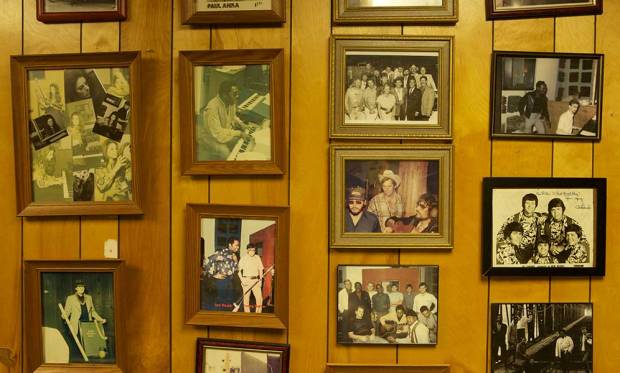Just saw the exquisitely made Muscle Shoals documentary, captivatingly directed by Greg “Freddy” Camalier with gorgeous cinematography by Anthony Arendt.

 The richness and feeling of the visuals complements its subject in paying tribute to the beauty and mastery of America’s indigenous twentieth century sounds.
The richness and feeling of the visuals complements its subject in paying tribute to the beauty and mastery of America’s indigenous twentieth century sounds.
It is the story of some of the greatest music ever created at two fabled recording studios — Rick Hall’s FAME Music and the 3614 Jackson Highway studio AKA Muscle Shoals Sound Studios, not far away that was opened by his former house band, the Swampers: Barry Beckett (keyboards), Roger Hawkins (drums), Jimmy Johnson (guitar) and David Hood (bass). [Unfortunately, the two studios are often conflated as one and the same; see below for clarification.] Each has its own contribution to music recording history of the American south(east); each has made indelible art that will continue to provide extraordinary insights of our collective joys and bittersweet heartaches via bluesy grooves and outstanding storytelling.
Here’s a preview. Soak it in. 🙂

Rick Hall’s FAME Studios


3614 Jackson Highway Muscle Shoals Sound Studios
See also:
Aretha Franklin to The Black Keys: The Muscle Shoals Story (both FAME and Muscle Shoals Sound Studios)
The Muscle Shoals Music Foundation, “to enhance the legacy and sustain the future of the legendary Muscle Shoals sound.”
Legendary Muscle Shoals Sound Studios historic building to be revived by Dr. Dre’s Beats Electronics








